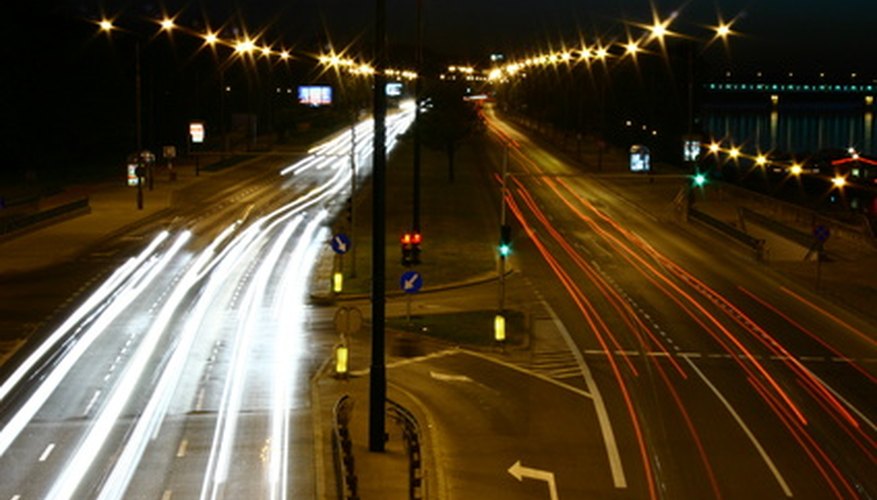The ignition switch in Ford vehicles is responsible for handling the electrical signals related to starting the vehicle. A failing ignition switch can cause system-wide problems ranging from the ability of the car to start, to maintaining speed and even keeping the radio turned on. Careful car owners can recognise the symptoms of ignition switch failure before the problem leaves them stranded on the side of the road.
Function
An ignition switch performs several functions for a vehicle. It allows the driver to control the power running to the vehicle's accessories (radio, mp3 player, headlights, A/C, and heat) so they don't drain the battery when the car is idle. The ignition switch also connects the vehicle's starter to the battery, and sends the initial surge of electricity to the starter which starts the car.
The Lock Cylinder
What is often called the "ignition switch" is actually two components: the lock cylinder, and the electric switch. The lock cylinder is the housing into which a vehicle's starter key is inserted, and the electric switch is located just behind it. In most Ford models these two parts are combined into one unit with four positions that the starter key turns to through the ignition process: off, accessories, on, and start.
The Electronic Switch
The electronic switch receives the signal communicated through positioning of the lock cylinder to release power from the battery to perform the function dictated by the starter key's position. When the car starts, the electric switch allows power to flow from the battery to the starter, which results in what most refer to as "turning over" of the engine. When one or both of these parts fail (the electronic switch and the lock cylinder) they have distinct symptoms.
Starting Problems
When the electric switch fails, the vehicle will experience several symptoms. The vehicle will not be able to turn over because the electrical wiring in the electric switch isn't able to communicate with the battery, and the vehicle's accessories will function poorly (lights dim or not working). Problems in the vehicle's lock cylinder will impact the driver's ability to insert the starter key into the lock housing. The cylinder may become stripped or damaged resulting in the starter key no longer fitting, or the key being unable to lock into the drive position.
- When the electric switch fails, the vehicle will experience several symptoms.
- The cylinder may become stripped or damaged resulting in the starter key no longer fitting, or the key being unable to lock into the drive position.
Poor Engine Performance/Stalling
Problems with the lock cylinder may be intermittent with the position slipping while the car is operating which will cause sluggish acceleration and stalling. Vehicle stalling will occur without warning and is often mistaken for alternator failure because it will seem as though the battery is unable to retain a charge, which is in part true as the battery is not receiving a signal to send power to the starter to initiate starting procedures. The problem is cascading, impacting multiple vehicle systems.
